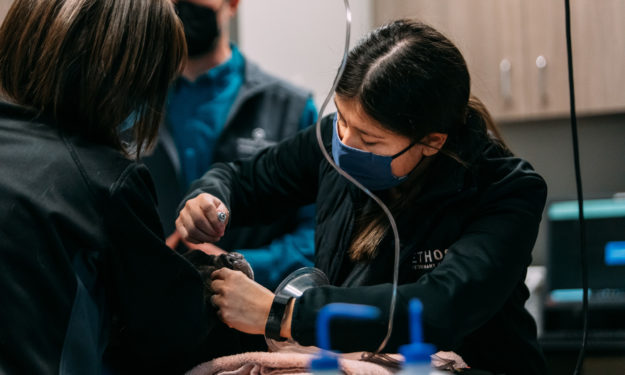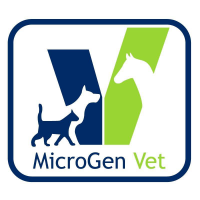A Novel Approach to Diagnosing Sepsis

What is Sepsis?
Septicemia is the presence of bacteria in the bloodstream. The bacteria often enters the bloodstream as a consequence of a severe infection elsewhere in the body. The presence of this bacteria can set off a severe inflammatory reaction that can quickly become life-threatening. As this inflammation becomes more severe, it can affect various organs around the body, leading to those organs becoming dysfunctional and potentially failing. When this organ dysfunction begins to occur, the patient is then considered to have sepsis.
The chance of survival from sepsis is around 50/50 and has not improved significantly over the last several decades despite significant research in the area. One variable that has been identified as paramount to the treatment of sepsis is the timely administration of intravenous antibiotics once a diagnosis of sepsis has been made. The longer this treatment is delayed, the worse the patient’s prognosis becomes.
Current Method of Diagnosis
The current gold standard for diagnosing sepsis is to perform a culture of the blood. This test can take 3-5 days to complete and therefore will not be able to provide useful results to the patient who needs a diagnosis in the moment. For this reason, most diagnoses of sepsis rely on clinician intuition and the recognition of signs in the patient consistent with sepsis.
Molecular Diagnostics and NGS
A growing field in the veterinary market is molecular diagnostics, which are tests capable of diagnosing infectious diseases through the identification of DNA, RNA, or protein markers. An example of this technology is polymerase chain reaction (PCR). Until recently, these technologies were only available in reference laboratories and were also associated with long turnaround times that would not make them useful in the timely diagnosis of sepsis. With the advancement of technology, these molecular diagnostics are now becoming available as point-of-care diagnostic tests that can be used in the hospital, allowing for a much faster turnaround time that is now valuable to the patient.
Before a useful point-of-care molecular diagnostic for sepsis can be developed, a better understanding of the most common bacteria that cause sepsis is needed. Previous studies have been conducted to examine this; however, these studies often rely on the use of blood culturing methods, which can be imperfect and likely don’t capture the full spectrum of bacteria that cause sepsis. Next generation sequencing (NGS) is a newer method of detecting DNA in a sample and does not have the limitations associated with culturing.

Our Relationship with MicroGen Vet
Ethos Discovery is currently collaborating with MicroGen Vet to perform NGS on blood samples from dogs with sepsis to better define the spectrum of bacteria that cause the condition. This data will be able to support future efforts to deliver new diagnostic tests to the field that can improve how we diagnose this condition.
Please click here to learn more about this study. Talk to your veterinarian if you believe your pet may be eligible to participate in this study.